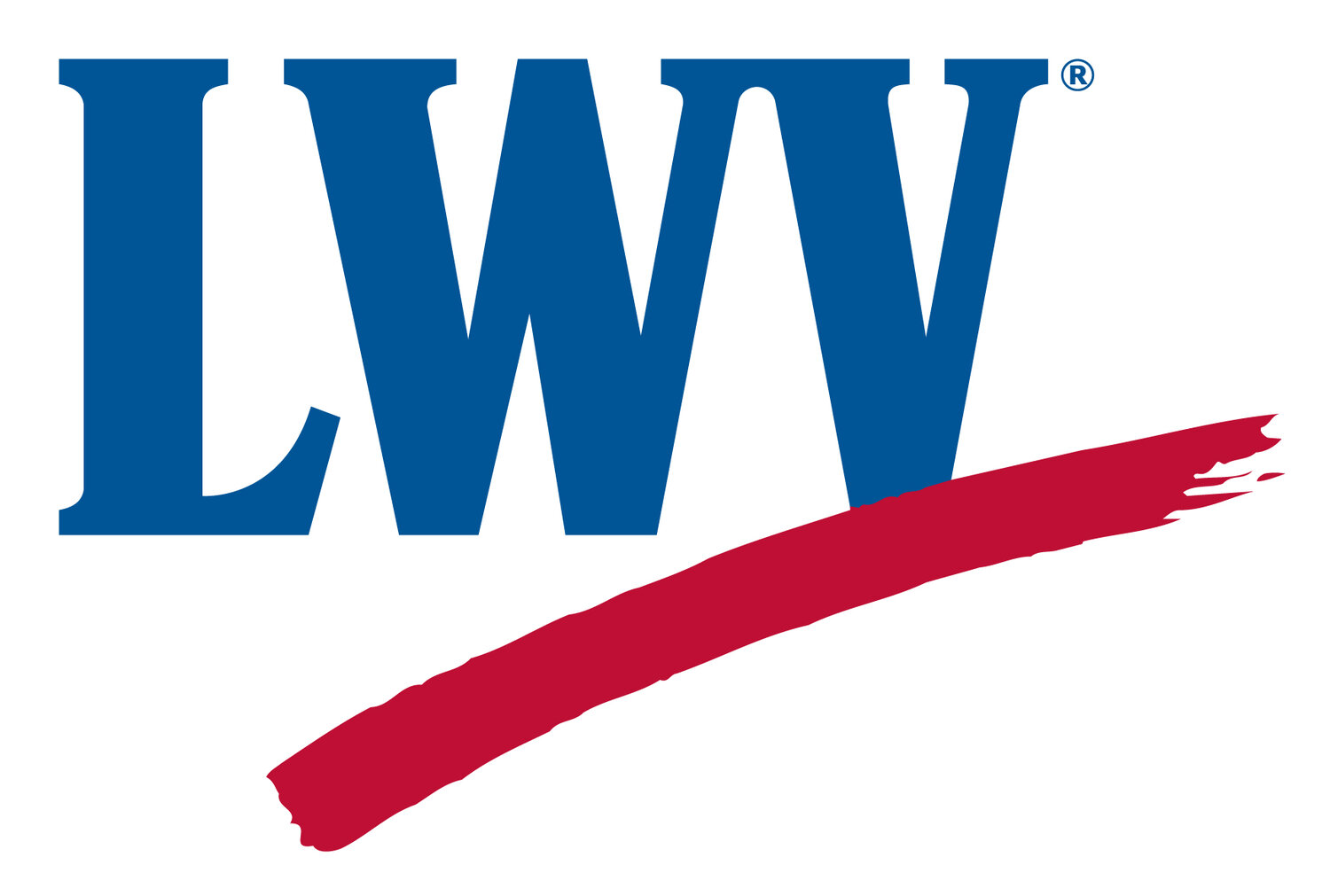Good morning, Salem! Last night was the penultimate city council meeting of 2019 and they powered through quite a few items. Without further ado, here are some things that may be of interest to you all:
Peas for Fees: The council approved the popular program wherein all you violators can bring in two canned goods in lieu of payment for parking tickets. This will be in effect from 1–23 December. This will only be valid for up to $30 in fines.
Universal Steel (297 Bridge St.) Lot: The council agreed that the purchasing agent can solicit bids to rent out the parking lot for wreath and tree sales.
Radar Detecting Cameras in School Zones: The council approved the home rule petition put forward by the mayor allowing speed cameras in school zones. The vote codified the ordinance, which does not need a second passage. Cameras will be installed within 300 feet of schools and will capture and fine speeders $25 for doing more than 5 mph over the limit from 5am–midnight. The camera evidence will be destroyed 48 hours after the final disposition of the violation, and it looks like there were several privacy protections put in place to mitigate any abuses.
Free Parking: City owned lots and garages will provide free parking on 28–30 November and 24–25 December. Shop, eat, and drink locally!
Tax Increment Exemption (TIE): The council approved the TIE agreement between the city and Harbor Point Properties. This exempts the increased real estate value from additional tax; they will continue to pay 100% of the base value tax rate. It encourages investment and development in the city.
Housing Development Incentive Program (HDIP): The downtown area already offers this program, so the matter on the floor was to expand the program to all of the city. It came to the council with a positive recommendation from the Community and Economic Development Committee (Chair: Councilor Dominguez). Councilor Dibble proposed an amendment to only allow projects focused on Senior or Veteran housing the benefit of HDIP, which is discriminatory and illegal. I will only cover discussion points that have not been covered in previous meetings about affordable housing and housing tools…
…Dibble’s amendment did not carry. The original HDIP ordinance expanding the project was put forward for a roll call vote. The matter carried. Councilors Milo, Dibble, and Flynn opposed the matter.
A moment to clarify some of the percentages that were being kicked around in chambers last night, because there was a lot of bluster about percentage of affordability (on private developments) and an inclusionary zoning ordinance will be brought forward next year. It’s a good time for a refresher:
When people are talking about percentage of affordability, there are two considerations. First, there is the percentage of total units that will be designated “affordable.” Second, there is a percentage that sets the rate of affordability against Area Median Income (AMI). After a great deal of research into Salem-specific demographics, our research has pointed to the second piece (AMI) as being far more critical to true affordability. The area that designates the “median income” for Salem includes Boston and other well-to-do towns. Increasing the percentage of units (from 10% to 20%, for example), but maintaining a high percentage of AMI (80%) will not help a large number of people.
Boston area area median income. This shows the maximum amount an individual or family of 2 through 6 could make to qualify for affordable units.
Back to the meeting.
Palmer Cove: The city received a state grant so work to improve Palmer Cove will proceed. Exciting!
Tap Boards: Tap boards are simple and effective ways to help people navigate construction zones. They are helpful for the visually impaired, but they also help people in wheelchairs and people walking generally. The ordinance passed with the amendment to include “vertically raised and contiguous to the pathway.”
Finally, and I put this at the end though she opened the meeting, the interim Salem Public Schools Superintendent gave a presentation to the Council spotlighting the progress and remaining challenges in the district. Salem is doing well or improving on:
Transportation: SPS transportation costs are lower than similar cities
Admin costs are lower than similar cities
SPS class sizes (student to staff levels are strong)
Almost at one-to-one on tech devices, so investments in technology have been strong
We need to improve:
The amount of time elementary students spend in school
Math proficiency is flat and can improve district-wide
Safety and security needs updating
IT support for teachers is lacking
Thanks for sticking this one out with me! I hope you all have a lovely Thanksgiving.
Respectfully submitted, Jen Lynch


